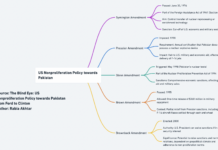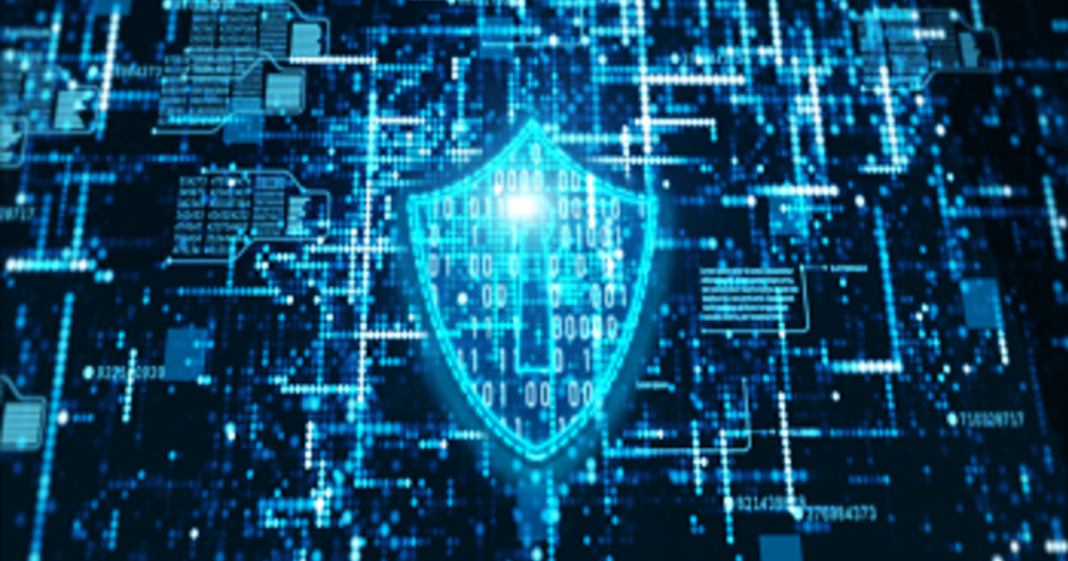Nidaa Shahid
In an era dominated by innovative advancements in the technological and cyber domains, the concept of warfare has undergone a significant change. The battleground has shifted from physical frontiers of land, sea, and air to an invisible domain where keystrokes and lines of code wield unprecedented power. In this new age of hybrid warfare, where the virtual world intertwines with reality, cyber security emerges as the linchpin that holds the fate of nations. The mere tap of a keyboard can disrupt economies, sway political landscapes, and compromise national security.
The digital frontier, once a realm limited only to tech enthusiasts and IT professionals, has now become the epicenter of global conflict. Military strategy, economic interests and political influence have fused into this intangible space, generating even more challenges. The emergence of revolutionary newer technologies, such as Artificial Intelligence, Machine Learning, Internet of Things, Blockchain Networks etc., is a double-edged sword. While they offer immense potential for progress, they also provide cyber criminals with sophisticated tools to aggress.
Both governmental and non-state entities are increasingly relying on cyber espionage, breaching sensitive information boundaries, including military and economic strategies, targeting financial systems, trade routes, and intellectual properties of rival nations. The line between state-backed cyber warfare and conventional military tactics is blurring, which creates challenges in tracing and responding. Critical infrastructures like power grids, water supplies, and transportation networks also face escalating vulnerability as they integrate further with digital networks. The proliferation of ransom-ware attacks, where digital files are encrypted, and a ransom is demanded for their release, adds to the mounting threats.
Non-state actors, including hacktivist groups and cybercriminal organisations, wield considerable influence in the cyber-domain. Their activities, ranging from ideological cyber attacks to financial crimes, pose a significant danger to law enforcement and cyber security professionals, intensifying the complexities of digital sovereignty. Moreover, the borderless nature of the cyberspace complicates the matter further as defence efforts become more difficult. Traditional tactics, such as deterrence, are difficult to apply here. Instead, a new approach, with a cyber-centric mindset, is the need of the hour.
As the world hurtles forward into this intricate and multifaceted terrain, Pakistan finds itself at a pivotal juncture, facing unparalleled challenges in safeguarding its digital sovereignty. Pakistan’s traditional adversary India, with its booming IT industry and significant software exports, poses a formidable challenge. The operationalization of the Indian Defence Cyber Agency (DCA) underscores the need for Pakistan to be vigilant. The DCA’s offensive and defensive cyber capabilities, combined with India’s expertise, necessitate a proactive response.
Against this backdrop, Pakistan needs to take proactive measures to ensure the safety and security of its cyber space. The National Cyber Security Policy released by the Government in 2021 highlights issues which need to be addressed immediately in order to counter challenges in the cyber domain. These include ineffective enforcement mechanisms, reliance on foreign resources, and, most importantly, a lack of sufficiently trained personnel to not only lead but also continuously improve the national cyber security framework. Against these shortcomings, Pakistan needs to craft a comprehensive cyber strategy that not only safeguards its digital assets but also ensures the country’s sovereignty in the digital realm. This strategy must be multifaceted, incorporating indigenous innovation, international collaboration, public-private partnerships, and a stringent security architecture.
Pakistan must also invest in developing its indigenous cyber security technologies. This includes self-sufficiency in operating and maintaining computerized systems, software development, and standardized IT equipment for government institutions. Additionally, collaboration with technologically advanced strategic partners like China can facilitate knowledge exchange and technology transfer. Creating a conducive environment for businesses to innovate in cyber security, along with academic institutions fostering talent and research, can also significantly enhance Pakistan’s cyber capabilities. Public-private partnerships will also drive innovation and ensure a holistic approach to cyber security.
The adoption of a Zero Trust Architecture (ZTA) is another important step. ZTA is a security protocol which assumes that threats exist both inside and outside of a network, thus requiring strict verification for anyone trying to enter it. High levels of sophisticated encryption in mobile and software applications can also add an additional layer of security, ensuring data privacy even during processing. Moreover, active engagement in international forums, collaboration with likeminded states on cyber security research, intelligence sharing, and joint exercises can not only pinpoint vulnerabilities but also help enhance Pakistan’s capabilities in the cyber domain.
Cyber security is not just a governmental concern; it is a collective responsibility that spans public and private sectors. As Pakistan stands at the crossroads of digital transformation, safeguarding its cyber assets is paramount. By investing in indigenous capabilities, fostering international collaborations, and prioritizing public-private partnerships, Pakistan can fortify its defenses against cyber threats. We must not wait for an attack to galvanize our efforts; the time to act is now so as to ensure a secure and resilient cyber future for Pakistan.
Nidaa Shahid is a Senior Researcher at Center for Aerospace and Security Studies, Lahore.
The views expressed in the article are the author’s own and do not necessarily reflect those of Pakistan Politico.

















